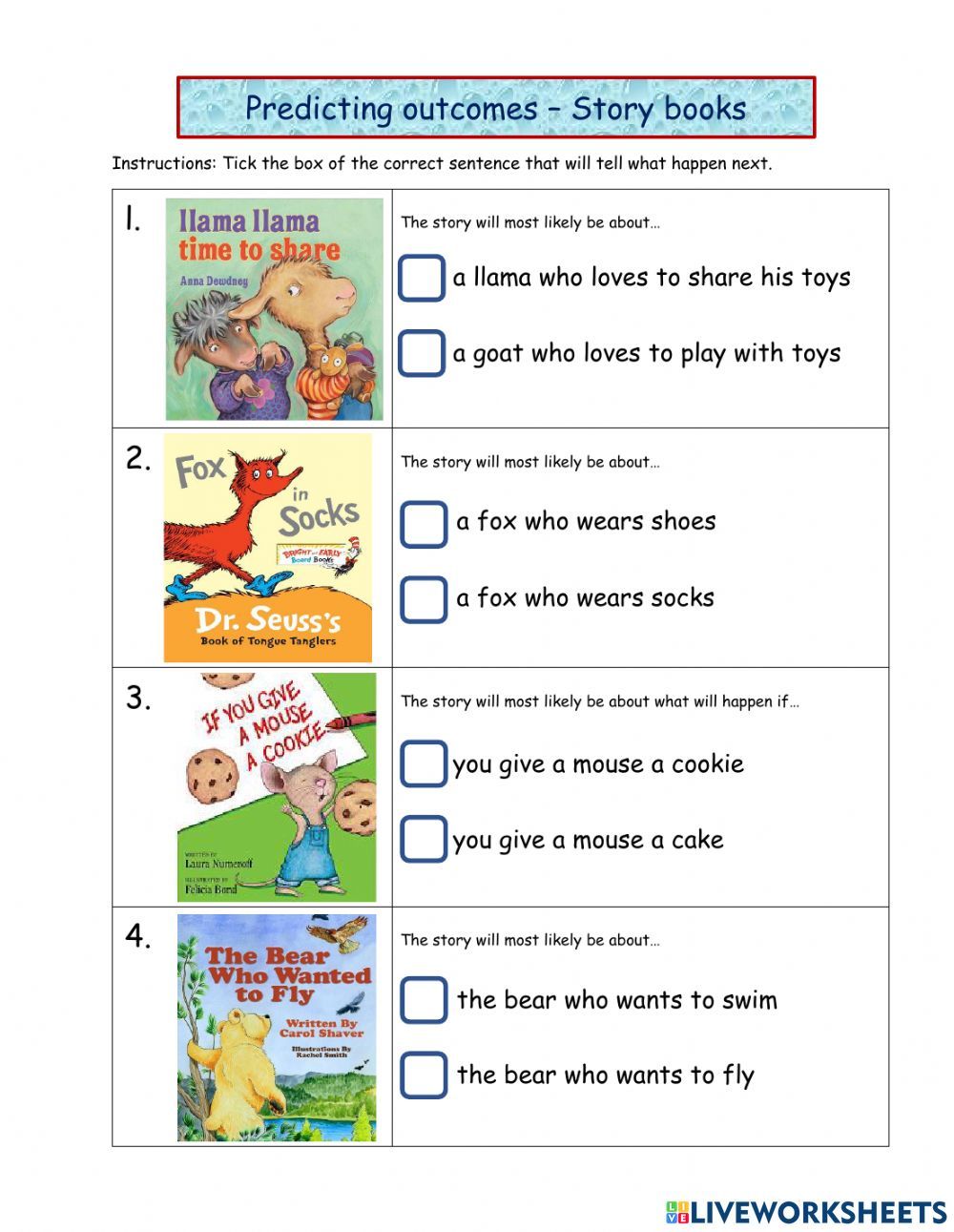Are Investors Prepared For The Bond Market Crisis?

Table of Contents
Rising Interest Rates and Their Impact on Bond Prices
The relationship between interest rates and bond prices is inversely proportional. When interest rates rise, the value of existing bonds with lower coupon rates falls. This is because newly issued bonds offer higher yields, making older bonds less attractive. This phenomenon significantly impacts existing bond portfolios.
Rising interest rates lead to:
- Increased risk of capital losses for bondholders: As interest rates climb, the market value of bonds decreases, potentially resulting in substantial capital losses if investors need to sell before maturity.
- Potential for forced selling to meet liquidity needs: Unexpected interest rate hikes can force investors with short-term liquidity needs to sell bonds at a loss to meet their obligations.
- Reduced returns on fixed-income investments: The returns on fixed-income investments, such as bonds, are directly impacted by interest rate changes. Higher rates erode the yield of existing bonds.
Understanding interest rate risk, bond yield, duration, and maturity is crucial for navigating this complex landscape. Investors need to carefully consider the duration of their bond holdings, as longer-duration bonds are more sensitive to interest rate changes.
Inflation's Erosive Effect on Bond Returns
Inflation significantly erodes the real return of bonds. When inflation rises faster than the bond's yield, the investor's purchasing power diminishes. Unexpectedly high inflation can severely impact bond valuations, leading to significant losses in real terms.
Key impacts of high inflation on bond investors include:
- Purchasing power risk: Inflation diminishes the value of future cash flows from bonds, reducing their real return.
- Need for inflation-protected securities (TIPS): Treasury Inflation-Protected Securities (TIPS) offer a hedge against inflation, adjusting their principal value based on inflation rates.
- Re-evaluation of investment strategies: Investors need to reassess their strategies, considering the increased inflation risk and potentially shifting towards inflation-protected instruments or assets that can better withstand inflationary pressures. Understanding real yield is critical for making informed decisions.
Assessing the Vulnerability of Different Bond Types
Different types of bonds carry varying levels of risk. A bond market crisis would impact each differently:
- Government bonds: Generally considered safer than corporate bonds, government bonds are still subject to interest rate risk. Their value can fluctuate with changes in interest rates.
- Corporate bonds: Carry higher risk than government bonds due to the possibility of default risk and credit risk. The probability of default increases during economic downturns.
- High-yield bonds (junk bonds): These are the most vulnerable to market volatility and defaults. They offer higher yields to compensate for their higher risk.
Understanding these risks is crucial for creating a well-diversified portfolio.
Diversification Strategies for Mitigating Bond Market Risk
Effective portfolio diversification is essential for mitigating bond market risk. Strategies include:
- Diversification across maturities, issuers, and credit ratings: Spreading investments across various bond maturities, issuers, and credit ratings reduces the impact of any single event.
- Allocation to alternative assets: Reducing exposure to bonds by allocating a portion of the portfolio to alternative assets such as real estate or commodities can help cushion against potential losses.
- Hedging strategies: Employing hedging strategies, such as interest rate swaps, can mitigate the impact of interest rate fluctuations. Effective risk management requires a comprehensive understanding of these strategies and their implications. Proper asset allocation is key.
Conclusion: Are Investors Truly Prepared for a Bond Market Crisis?
The key risks discussed – rising interest rates, inflation, and the vulnerabilities of different bond types – highlight the potential severity of a future bond market crisis. While some investors may have diversified their portfolios, many remain significantly exposed. The lack of widespread awareness of the potential impact of inflation and the varying risk profiles of different bond types suggests a significant gap in preparedness. Are you adequately prepared for a potential bond market downturn?
Don't wait for a bond market crisis to strike. Take proactive steps today to protect your investments and ensure you're adequately prepared for the potential volatility ahead. Assess your own bond portfolio, diversify your holdings, and consider professional advice to navigate the complexities of the bond market and mitigate the risks associated with a potential bond market crisis.

Featured Posts
-
 Viktor Gyoekeres Istatistikler Performans Ve Attigi Goller
May 28, 2025
Viktor Gyoekeres Istatistikler Performans Ve Attigi Goller
May 28, 2025 -
 Comparatif Samsung Galaxy S25 Ultra 256 Go Face A La Competition
May 28, 2025
Comparatif Samsung Galaxy S25 Ultra 256 Go Face A La Competition
May 28, 2025 -
 Cristiano Ronaldo Nun Marka Degeri Rakamlar Hayrete Duesuerueyor
May 28, 2025
Cristiano Ronaldo Nun Marka Degeri Rakamlar Hayrete Duesuerueyor
May 28, 2025 -
 Diamondbacks Vs Dodgers Predicting The Outcome And Las Performance
May 28, 2025
Diamondbacks Vs Dodgers Predicting The Outcome And Las Performance
May 28, 2025 -
 Has Arsenal Signed A New Striker Keowns Insight
May 28, 2025
Has Arsenal Signed A New Striker Keowns Insight
May 28, 2025
Latest Posts
-
 The Reality Of Ai Learning Guiding Principles For Responsible Use
May 31, 2025
The Reality Of Ai Learning Guiding Principles For Responsible Use
May 31, 2025 -
 Responsible Ai Acknowledging And Addressing The Limits Of Ai Learning
May 31, 2025
Responsible Ai Acknowledging And Addressing The Limits Of Ai Learning
May 31, 2025 -
 Responsible Ai Acknowledging The Limitations Of Ai Learning
May 31, 2025
Responsible Ai Acknowledging The Limitations Of Ai Learning
May 31, 2025 -
 The Reality Of Ai Learning Building A Future With Responsible Ai
May 31, 2025
The Reality Of Ai Learning Building A Future With Responsible Ai
May 31, 2025 -
 Limited Time Offer 30 Off Lavish Spring Hotel Bookings
May 31, 2025
Limited Time Offer 30 Off Lavish Spring Hotel Bookings
May 31, 2025
